Technology is constantly evolving, and home appliances are no exception. Many upgrades that seem cutting-edge today may soon be outdated due to advancements in smart home integration, energy efficiency, and consumer preferences. While some features offer temporary convenience, they are quickly being replaced by more innovative and sustainable alternatives. Understanding which appliance upgrades are on their way out can help homeowners make smarter investment decisions.
1. Touchscreen Refrigerators
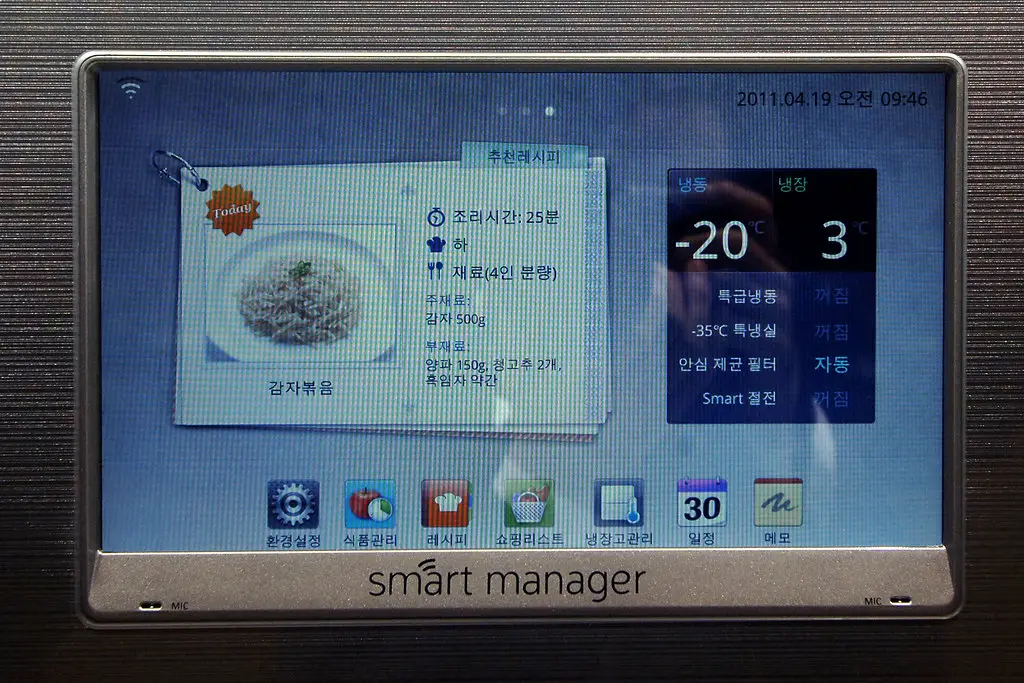
According to Forbes, touchscreen refrigerators gained popularity as a futuristic kitchen feature, but their usefulness is fading. While the idea of checking the weather or leaving digital notes on the fridge seemed appealing, most people now prefer using their smartphones for these tasks. Manufacturers are shifting focus toward AI-powered inventory tracking and voice-controlled assistants instead. As these refrigerators become outdated, homeowners may find themselves stuck with an expensive feature they rarely use.
A better investment is a refrigerator with smart interior cameras or app-connected grocery management tools. These upgrades provide lasting benefits without relying on a fragile and aging touchscreen interface.
2. High-End Pod Coffee Makers
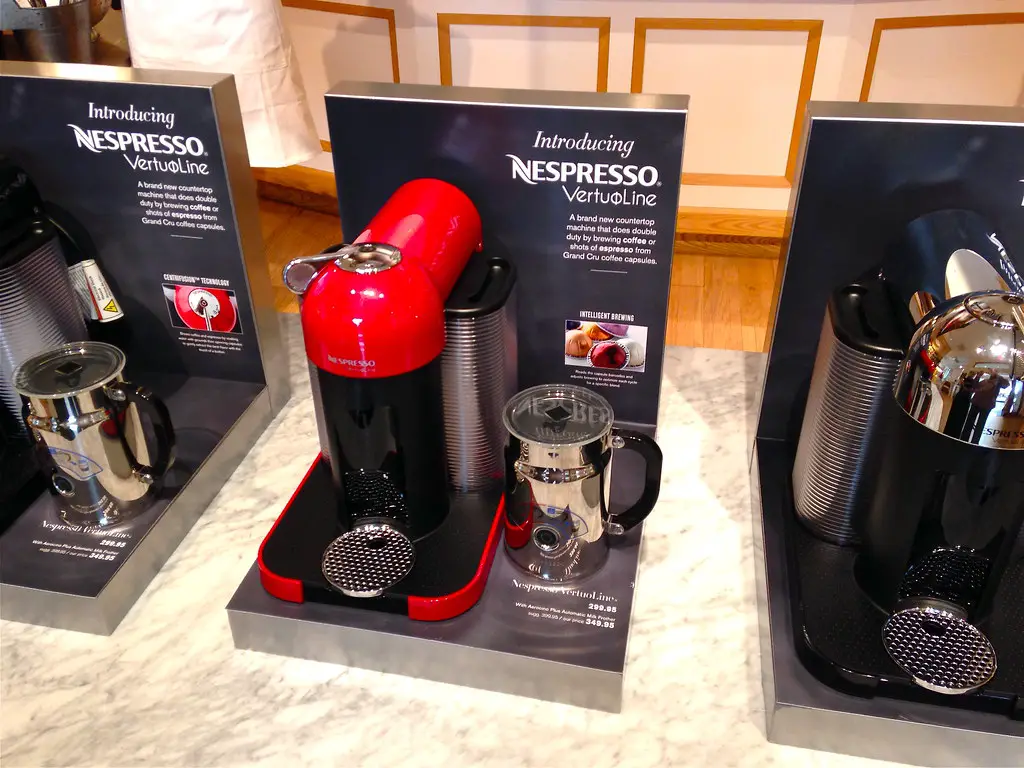
As noted by Wirecutter, high-end pod coffee makers once revolutionized home brewing, but their environmental impact is making them less desirable. Single-use plastic and aluminum pods contribute significantly to waste, leading many consumers to seek more sustainable options. Manufacturers are responding with compostable pods and reusable alternatives, but the market is shifting toward fully automated espresso machines. As awareness of environmental issues grows, pod-based systems may become a thing of the past.
Investing in a bean-to-cup espresso machine or a high-quality drip coffee maker ensures a fresher, more eco-friendly coffee experience. These machines offer greater customization and eliminate the need for wasteful pods.
3. Built-In Microwaves
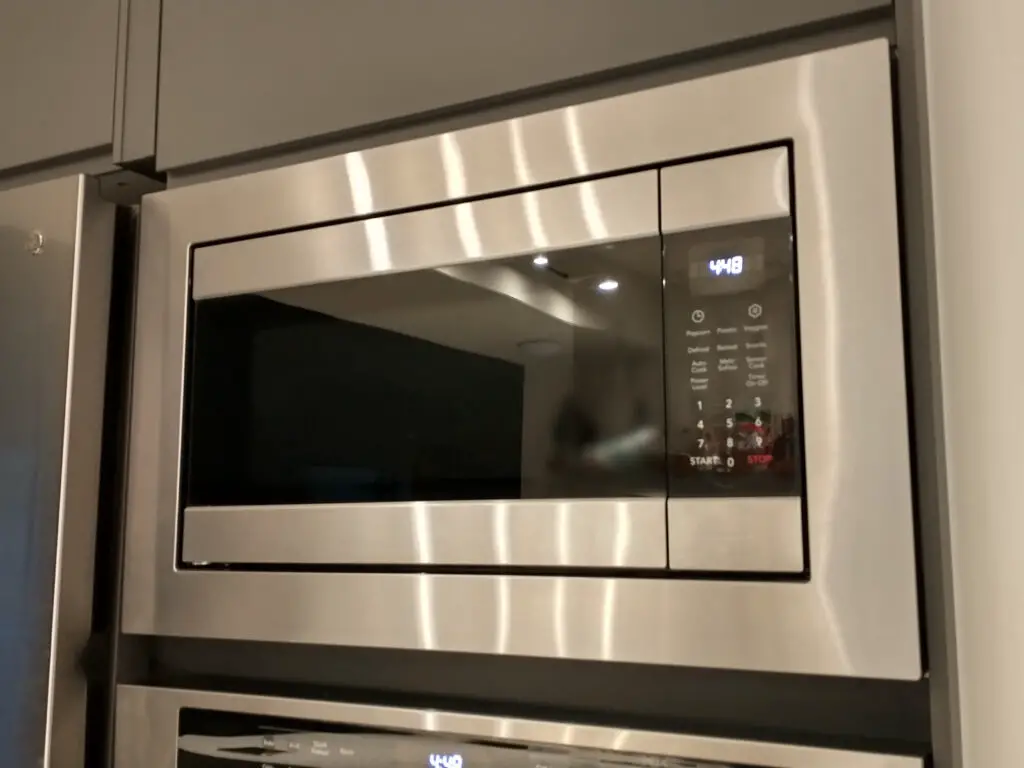
According to Architectural Digest, built-in microwaves are slowly losing favor as kitchen designs evolve. While they once provided a sleek, integrated look, their fixed placement limits flexibility when remodeling or replacing units. With the rise of combination steam ovens and countertop models offering similar power, built-in microwaves are becoming less practical. As design trends shift toward more adaptable kitchen layouts, these appliances may soon be considered outdated.
Homeowners looking for longevity should consider versatile convection ovens or combination air fryer-microwave models. These offer broader functionality without the constraints of a permanent installation.
4. Smart Ovens with Overcomplicated Controls
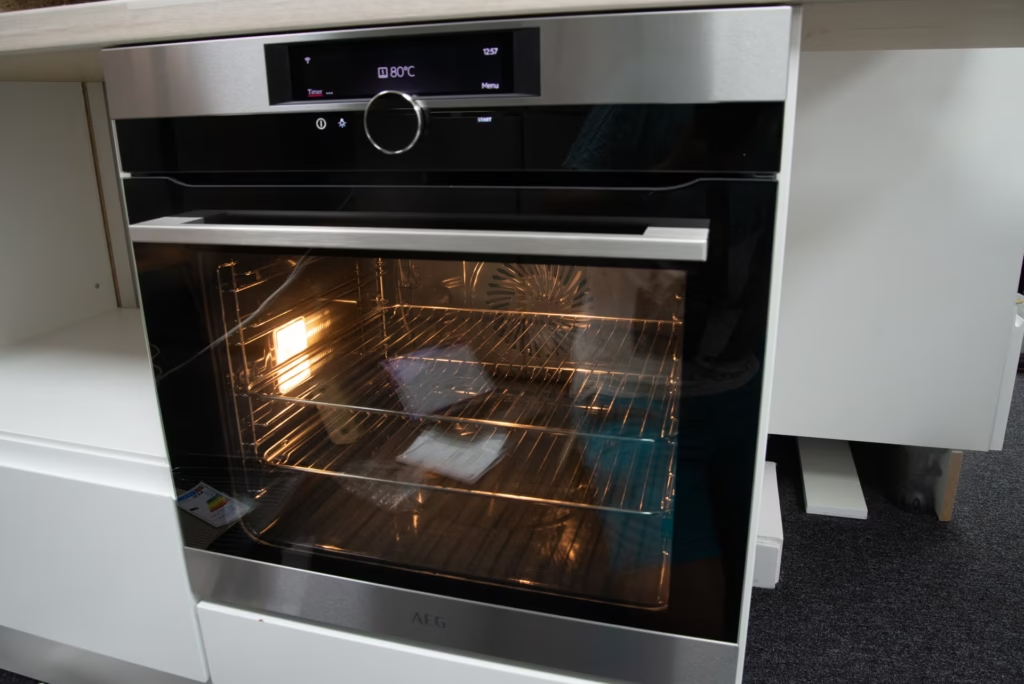
As reported by The Dombot, smart ovens with complex touch controls are losing appeal due to usability concerns. While these models promise precision cooking, their reliance on internet connectivity and software updates can cause frustrating malfunctions. Many users prefer straightforward, manual controls over glitchy touchscreens and app-dependent features. As manufacturers refine smart appliances, simpler, voice-activated alternatives may replace these cumbersome designs.
Opting for an oven with intuitive manual controls and app-assisted guidance provides the best of both worlds. A balance between technology and practicality ensures reliability without excessive complexity.
5. Overly Large Wine Coolers
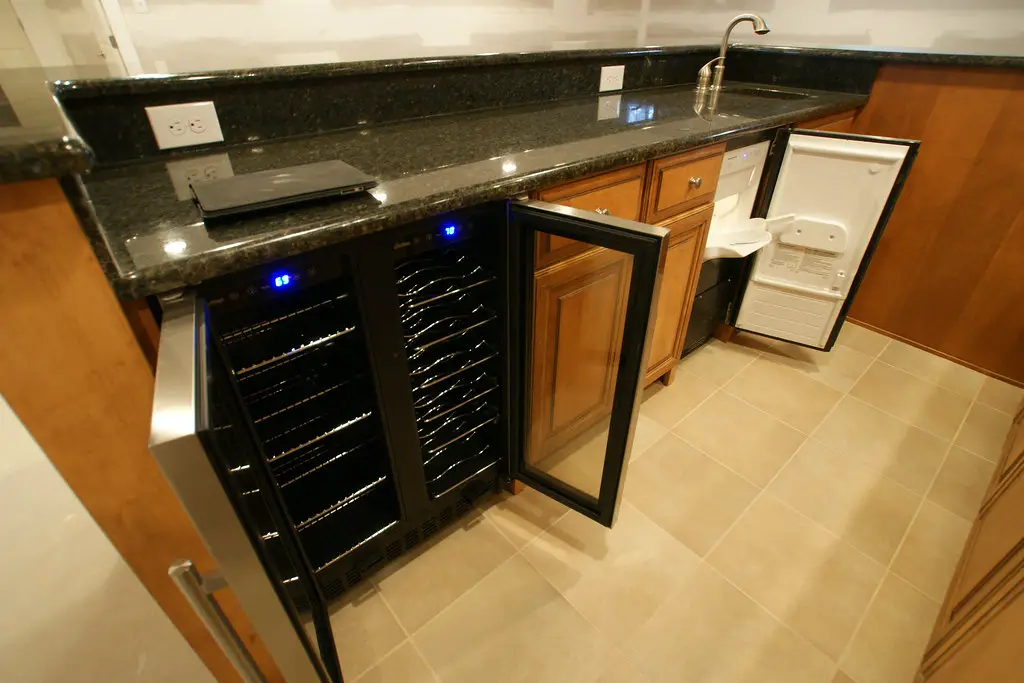
Wine coolers once symbolized luxury, but oversized models are becoming less practical for modern homes. Many homeowners realize they don’t need a dedicated 100-bottle cooler, especially as lifestyle trends shift toward more casual wine consumption. Large units take up valuable space and require consistent maintenance, making them an inefficient choice for many. As smaller, more efficient beverage storage options gain popularity, bulky wine coolers may become obsolete.
Compact dual-zone coolers or under-counter beverage centers provide a more space-conscious alternative. These models offer flexibility without overwhelming kitchen or bar areas.
6. Voice-Controlled Dishwashers
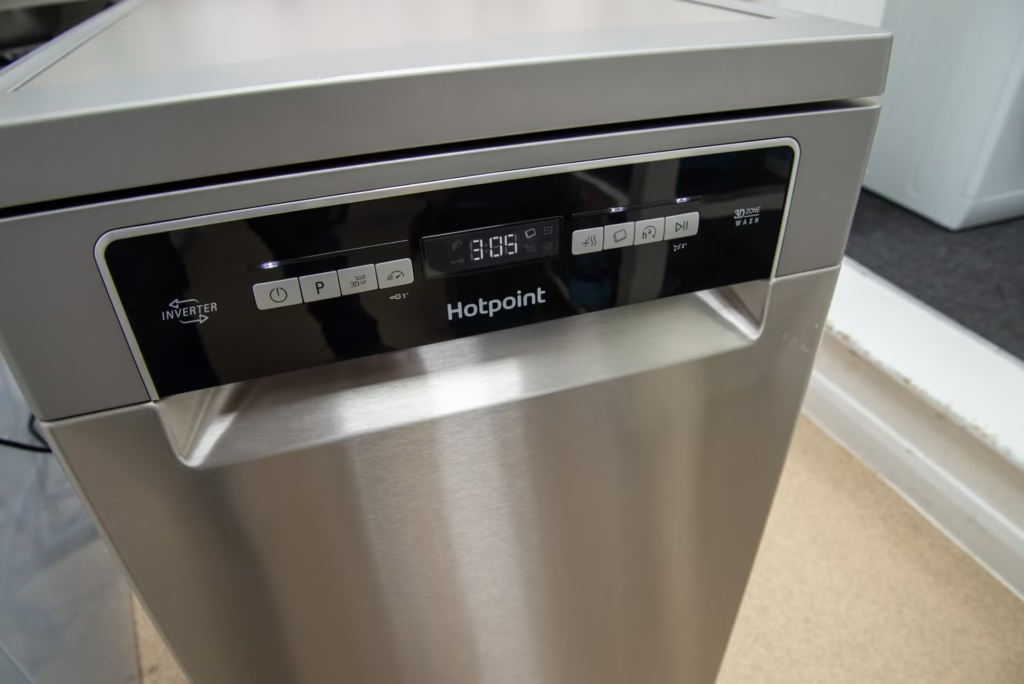
While voice-controlled dishwashers sounded like a futuristic convenience, they haven’t gained widespread adoption. Most homeowners find it easier to press a button than to use a voice command for routine tasks. Additionally, connectivity issues and software glitches make these dishwashers less reliable over time. As manufacturers focus on efficiency and water-saving technology, voice control may become an unnecessary gimmick.
A better investment is a dishwasher with advanced soil sensors and energy-efficient cycles. These features provide lasting benefits without relying on voice activation.
7. Refrigerators with Built-In Keurig Machines
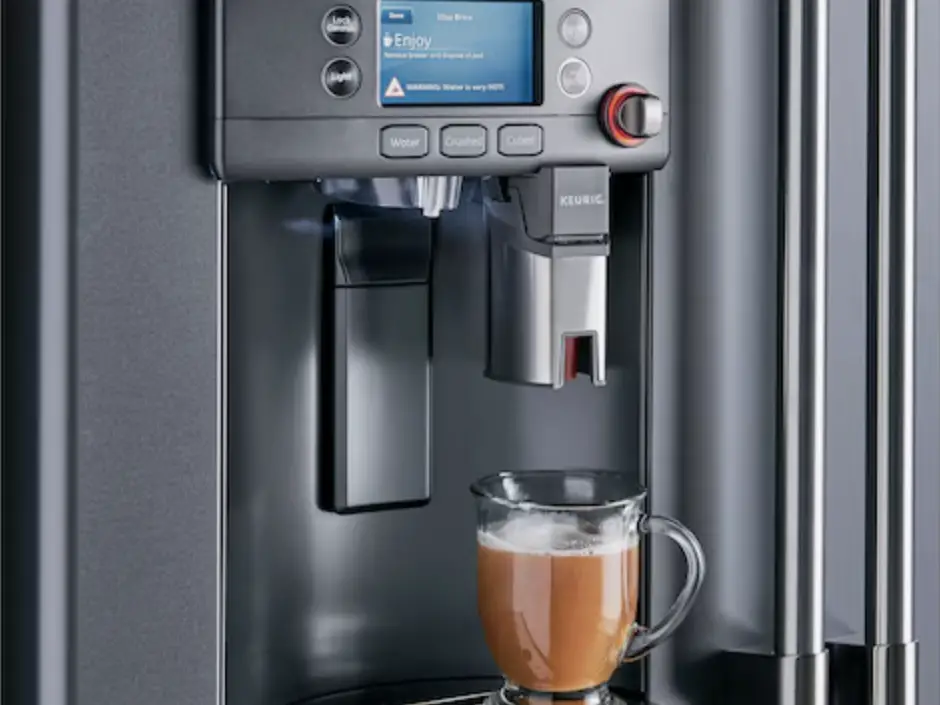
Refrigerators with built-in Keurig machines once seemed like the ultimate convenience, but their practicality is questionable. The brewing system requires frequent cleaning, takes up valuable fridge space, and lacks the customization of standalone coffee makers. Many homeowners find that a separate coffee station is more efficient and offers greater control over brewing preferences. As appliance manufacturers prioritize modular designs, these hybrid appliances may disappear from the market.
Choosing a refrigerator with smart cooling zones or an air purification system provides more lasting value. These upgrades enhance food preservation rather than adding unnecessary features.
8. Massive Stand Mixers for Occasional Bakers
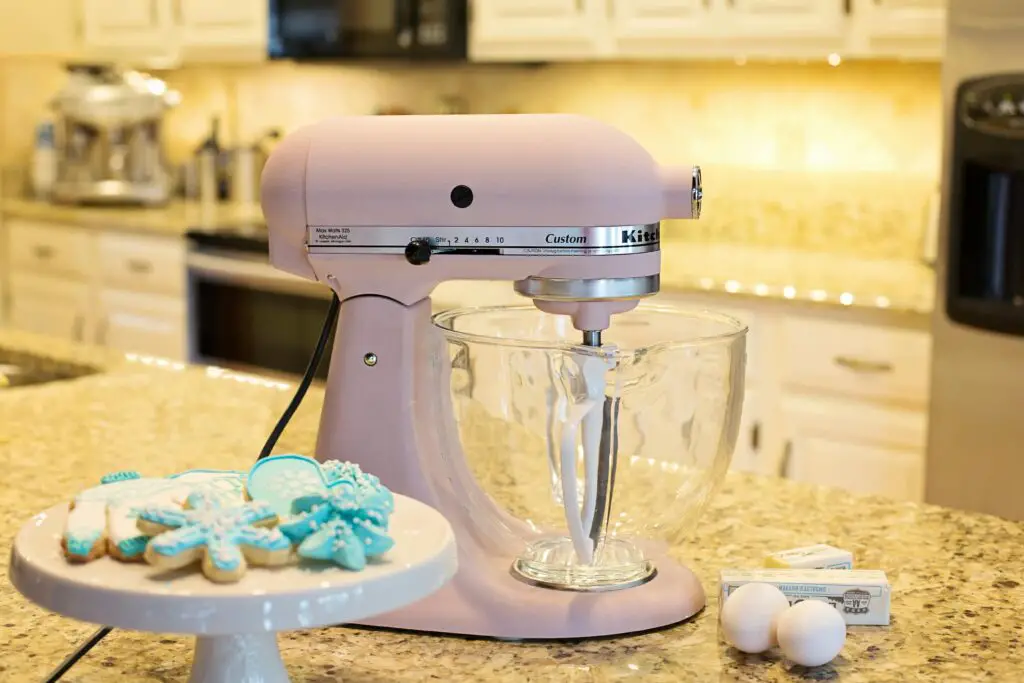
While high-end stand mixers remain a kitchen staple, oversized models are losing relevance for casual bakers. Many people purchase large mixers only to use them a few times a year, leading to cluttered countertops and storage issues. Compact, multifunctional alternatives are now available, offering the same power in a smaller footprint. As home kitchens become more streamlined, bulky mixers may no longer be the go-to appliance.
Investing in a smaller, high-quality hand mixer or a compact stand mixer ensures efficiency without taking up excessive space. These models provide versatility without unnecessary bulk.
9. Gas Stoves Without Electric Compatibility
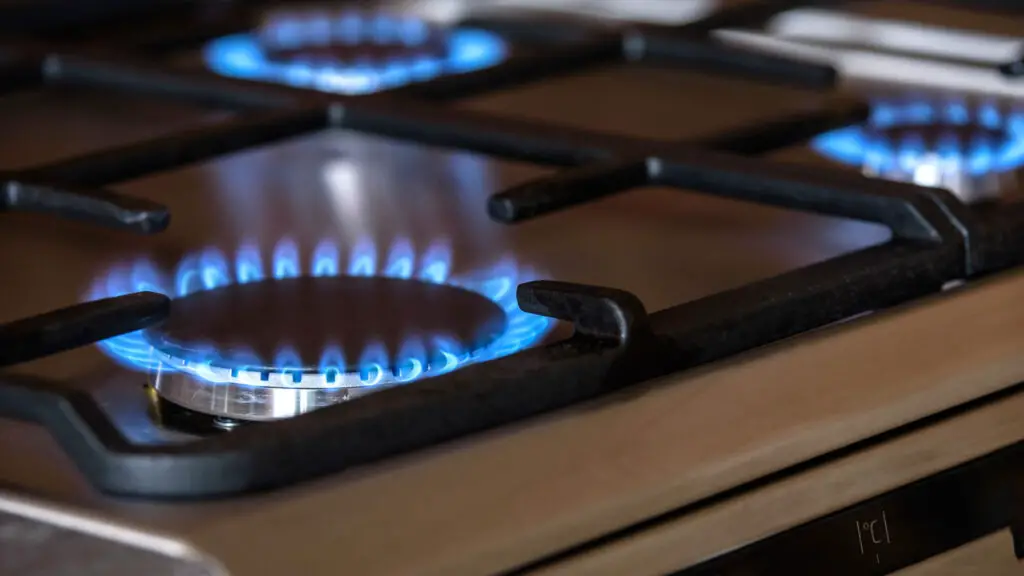
As cities move toward electrification and gas bans become more common, traditional gas stoves without electric compatibility are becoming less practical. Many new homes are being built without gas lines, making all-electric kitchens the standard of the future. Homeowners with gas-only stoves may face difficulties when replacing or upgrading their appliances. As energy regulations evolve, induction cooktops and hybrid models will likely replace traditional gas stoves.
Opting for an induction or dual-fuel range provides flexibility and future-proofing. These models offer better energy efficiency while maintaining high performance.
10. Overly Complex Smart Washers and Dryers
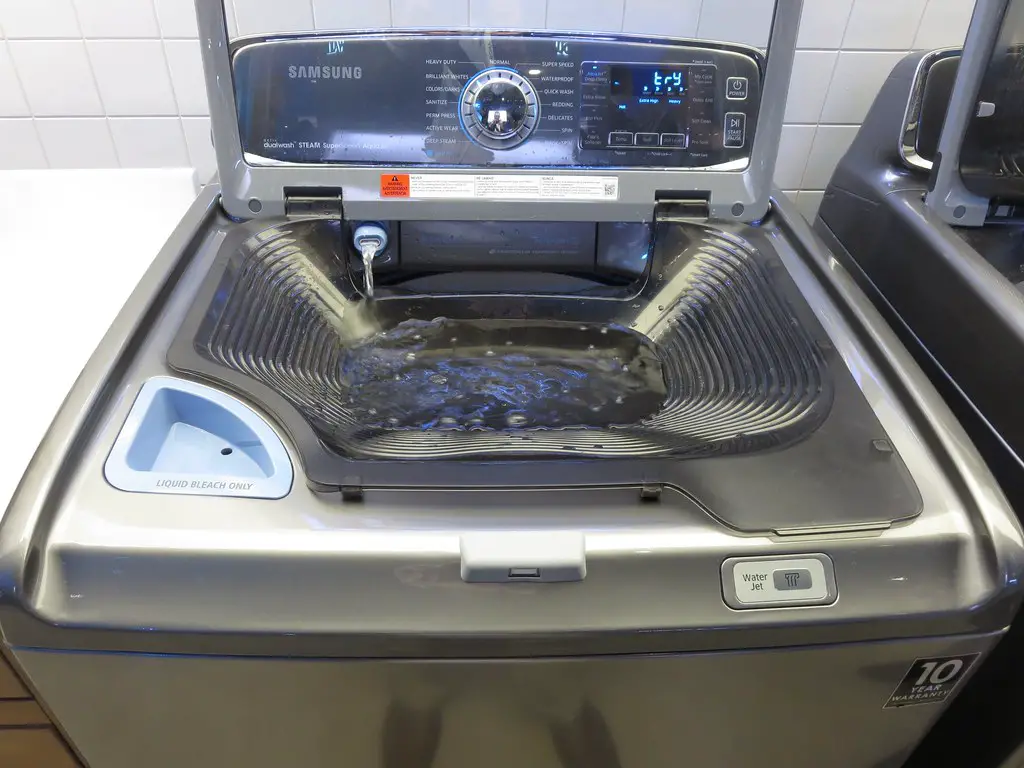
Smart washers and dryers with excessive app controls and sensors are proving to be more frustrating than helpful. Many users find that internet-connected laundry machines require frequent updates and troubleshooting, making them less reliable than simpler models. While remote start features are appealing, they don’t always justify the higher price tag. As manufacturers refine their technology, future models may focus on efficiency rather than excessive digital integration.
Choosing an energy-efficient washer with basic smart features—like load sensing and steam cycles—ensures long-term functionality without unnecessary complications.
11. High-Maintenance Glass Cooktops
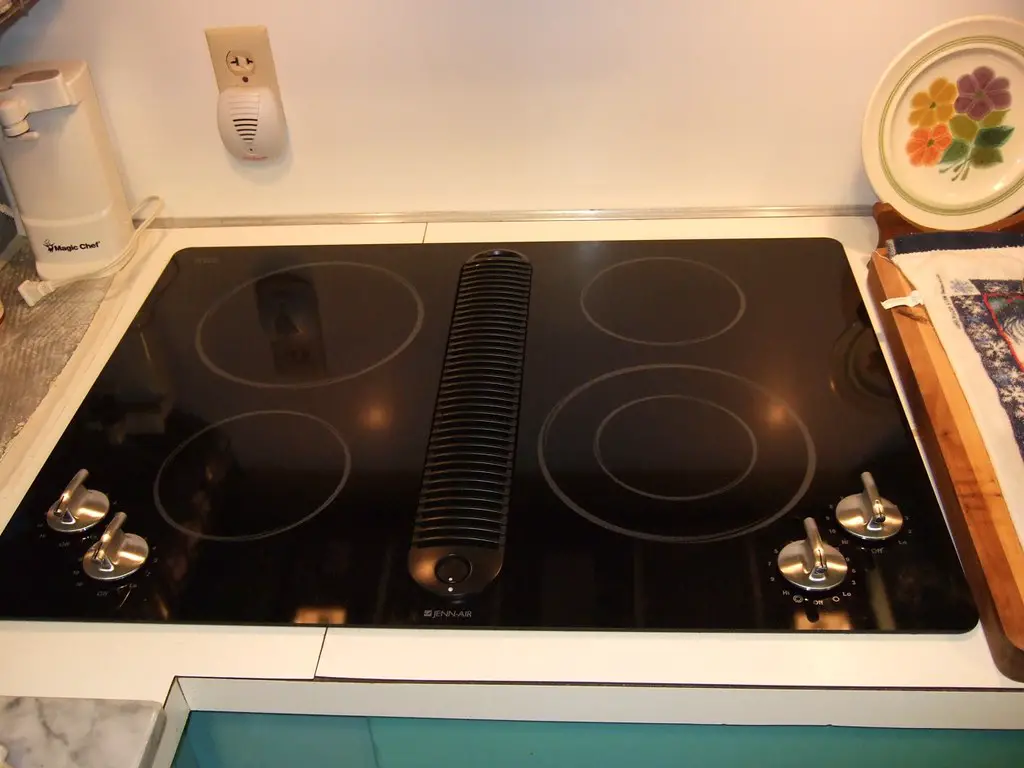
Glass cooktops, while sleek, are becoming less desirable due to their high maintenance requirements. They scratch easily, require constant cleaning, and can be challenging to repair if cracked. Many homeowners are switching to induction cooktops, which offer a similarly smooth surface but with better durability and efficiency. As kitchens move toward more low-maintenance designs, traditional glass cooktops may become outdated.
Induction cooktops provide a superior alternative, offering precise heat control with easier cleaning and fewer durability concerns. This upgrade combines aesthetics with practicality.
12. High-End Freezer Drawers
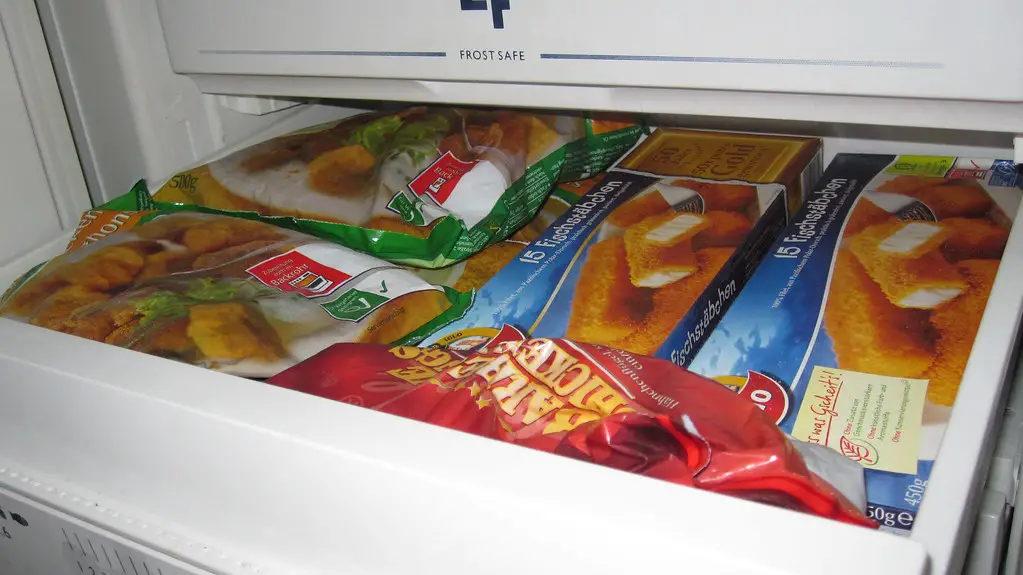
Freezer drawers built into kitchen islands or under-counter units once seemed like a smart storage solution, but they come with drawbacks. They often lack the capacity of traditional freezers, making organization difficult for families. Additionally, their placement can make accessing frozen items inconvenient compared to standard upright freezers. As more efficient refrigeration options emerge, these extra drawers may fade in popularity.
Choosing a well-designed side-by-side or bottom-freezer refrigerator offers better organization and long-term convenience. These models provide ample space without sacrificing functionality.
